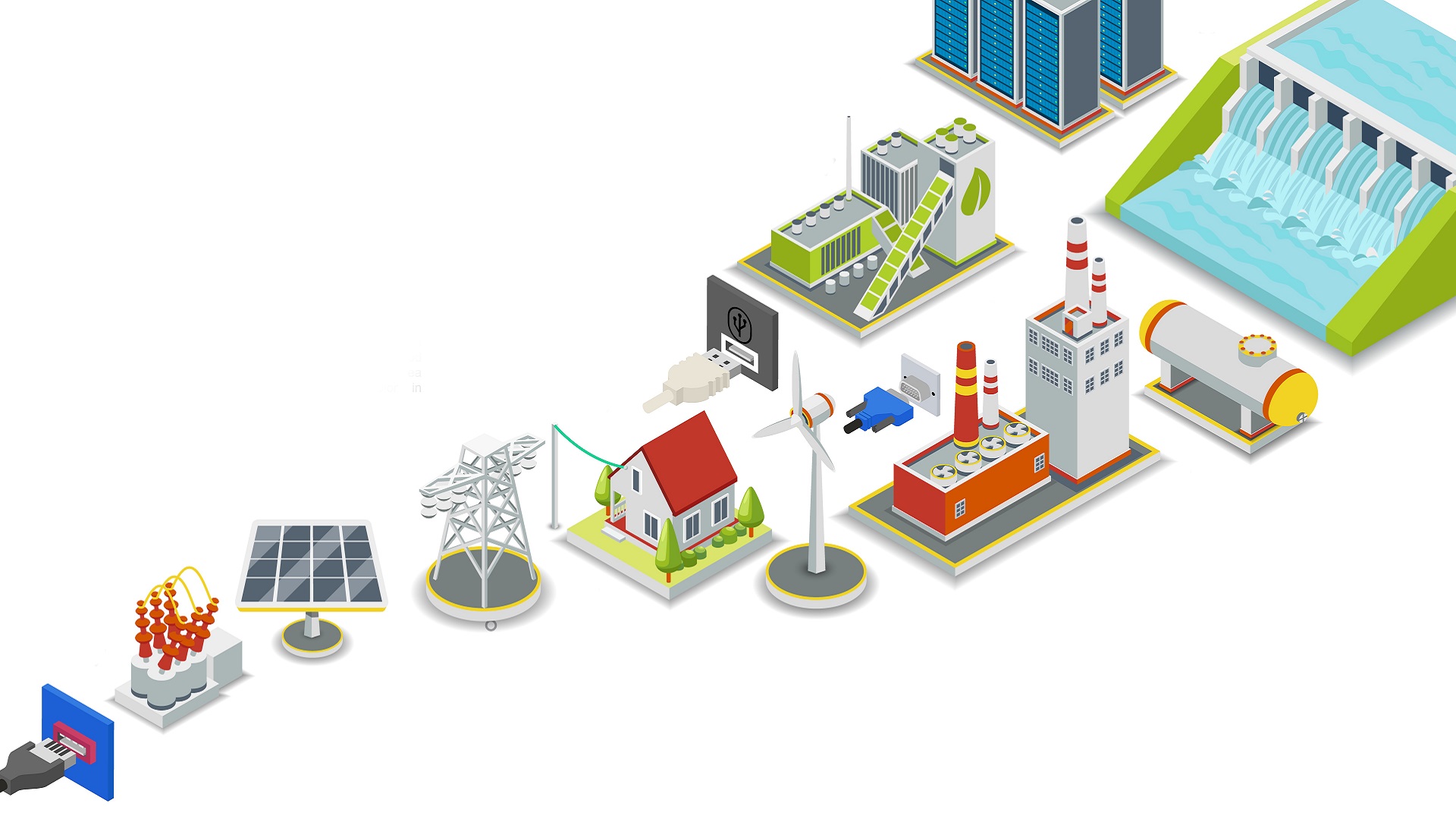Power supply micro-grids are localised, stand-alone systems that operate in conjunction with the main power grid or independently. These smart and flexible grids combine renewable energy sources, storage and load management technologies.
Micro-grids offer a resilient solution to extreme weather events and infrastructure failures, which often result in the interruption of conventional power supply. By decentralising energy supply and integrating renewable energy sources, such as solar panels or wind turbines, micro-grids allow buildings to generate their own electricity without interruption and in a sustainable manner.

In addition to power generation, micro-grid architecture also takes into consideration storage and efficient load management. Batteries capture and store excess energy for later use, helping to balance demand and supply. Smart load management systems optimise consumption and allocate resources efficiently.

Incorporating micro-grids into buildings through architectural design offers clear benefits. It improves supply resilience and reliability by providing a localised source of energy independent of failures in the main grid. It also reduces carbon emissions and dependence on fossil fuels, by making energy from renewable sources available to residents. In this way, micro-grids contribute to a more sustainable future.
By Juan Guardiola Cutillas, Senior Architect in the Architecture Department of Amusement Logic






